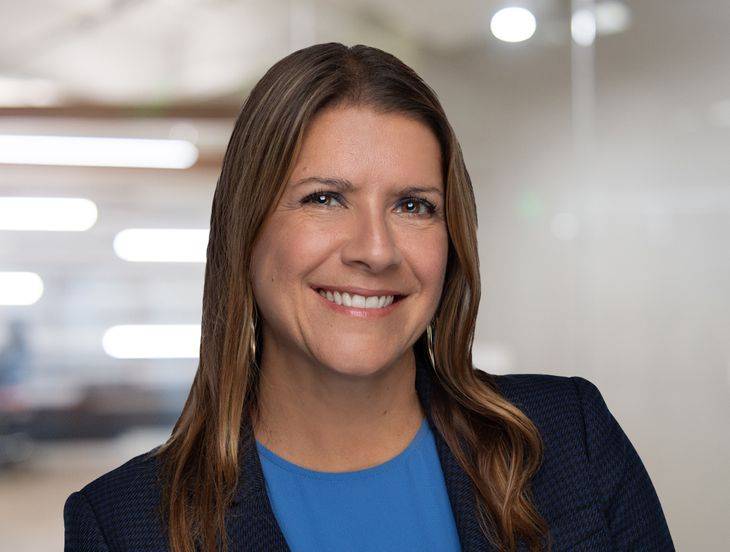Olympians’ Mental Health Issues Serves as Wakeup Call: 3 Key Pillars for Employers to Address Mental Wellbeing
Insights
8.04.21
Michael Phelps, Simone Biles, Aly Raisman, Kevin Love – all of these elite American athletes have a few things in common. Besides being world-class athletes in swimming, gymnastics, and basketball, each of whom has earned at least one Olympic gold medal (Phelps has won 23 more than you have), they have each opened up the world about the mental health struggles they have dealt with both on and off their fields of competition. Simone Biles’ most recent withdrawal from events at the Tokyo Olympics because of mental wellbeing issues comes on the heels of Naomi Osaka’s brave stand to protect her mental health in the face of pressure and ridicule at tennis’s French Open. The worldwide discussion surrounding these high-profile incidents is a stark reminder that employee mental health needs to be addressed by employers. This Insight provides a three-step plan you can implement to start this process at your workplace.
Stigmas Exist Even at the Highest Levels of Performance
The recent dilemmas faced by Biles and Osaka underlines the crushing stigma that surrounds mental health. If each had been forced to perform their job in their current mental health state, it would have impacted their performance and could have had consequences to their careers or even their safety. Yet, when each spoke out in an attempt to protect their mental health, they still faced negative consequences – in Osaka’s case, monetary fines and threats from tournament organizers.
Although these situations may be extreme examples of the stigma surrounding mental health, employers cannot ignore that employees are waving red flags of stress and burnout at your workplaces. And if they can happen to these most elite of competitors, they can happen at your organization. The widespread return to the office will no doubt ensure that those red flags are raised higher. The question is: will you be looking for them?
Employees Want – and Need – Your Help
Employees are clearer than ever that mental wellbeing is at the top of their list. In a recent survey, employees ranked mental wellbeing as their number one concern – beating out physical, social, professional and financial wellbeing.
However, there is a disconnect between executive-level and lower-level workers. CEOs surveyed were more concerned about financial wellbeing. This highlights the need for leaders at the highest levels to realize they may need to focus on employee mental health. Ignoring mental health issues is no longer an option when there are talent shortages and 80% of remote workers say they would leave their current job for one that prioritizes mental wellbeing.
Traditional mental health and wellbeing resources, such as EAP and meditation apps, are no longer enough. This is evident from the drop during the pandemic in employee use of what is probably typical mental health resources (EAP likely being the biggest) — a time in which you would think employees were most utilizing these resources. This, coupled with the staggering mid-pandemic statistic that 76% of employees believe their company should be doing more to protect their mental health, underscores why employers and leaders need to take substantive action steps now.
While employers are focused on ways to protect their employees’ physical safety at work, many are missing a key component — the impact the work environment has on an employee’s mental health. After all, employee mental health is also a workplace safety issue.
3 Steps You Can Take To Positively Impact Employee Mental Health
Just like any workplace safety issue, employers must have a plan to address it. Here are three areas to help you begin to build an Employee Mental Health Workplace Safety Plan:
- Ending the Stigma
The biggest challenge employers face is removing the stigma associated with mental issues. People are afraid to speak up about mental health problems for fear of being seen as incapable of performing their job or generally having something wrong with them. The most effective way to overcome this stigma is for leadership to start the conversation on mental health. It may be a cliché, but leading by example works.
- Gathering Employee Input
The workforce and culture are different in every business. The best way to address employee mental health is to understand how the work environment is impacting employees. Key questions should focus on how employees feel about workload, schedules, flexibility, leadership, culture, and communication.
- Incorporating Education and Training
You should consider rolling out Mental Health Awareness and First Responders Training. This entails training your frontline managers on how to spot when an employee is in distress and then how to have an empathetic, confidential, and effective discussion with the employee on sensitive topics. This training should be coupled with a review of the ADA interactive process with a focus on mental impairments.
The Plan in Action
Focusing on mental wellbeing could have dramatic impacts in ways you might not even expect. For example, an employer that is at a loss for how to get its workforce to voluntarily get vaccinated could consider the issue from a mental health and wellbeing perspective. What if you acknowledged the stress and struggle your employees are under and instituted a mental health safety initiative to support your workforce? Could a boost in employee mental wellbeing positively impact a person’s choice to get the vaccine? Quite possibly – but it could also reap other rewards far beyond what you might imagine.
We will continue monitor these developments and provide updates as warranted, so make sure that you are subscribed to Fisher Phillips’ Insights to get the most up-to-date information direct to your inbox. If you have further questions, contact your Fisher Phillips attorney or the author of this Insight.
Related People
-
- Raeann Burgo
- Partner
